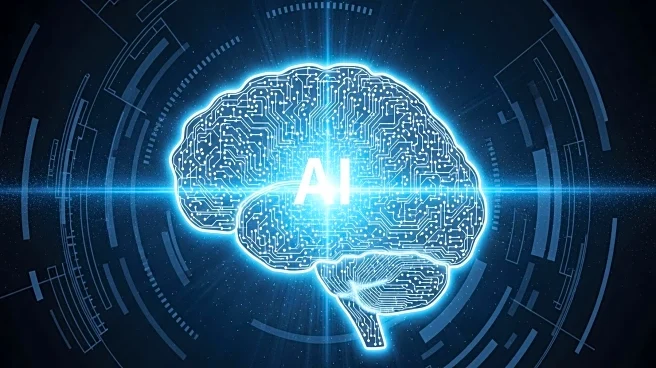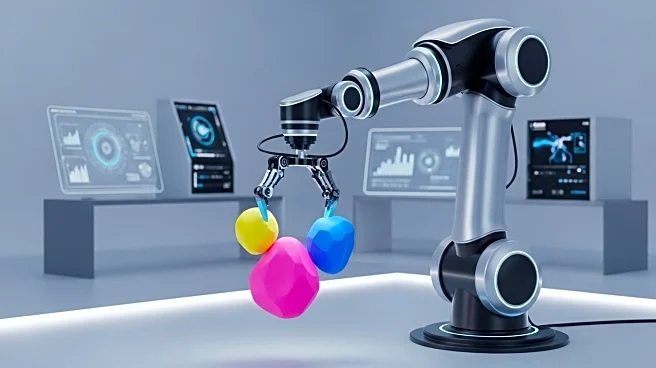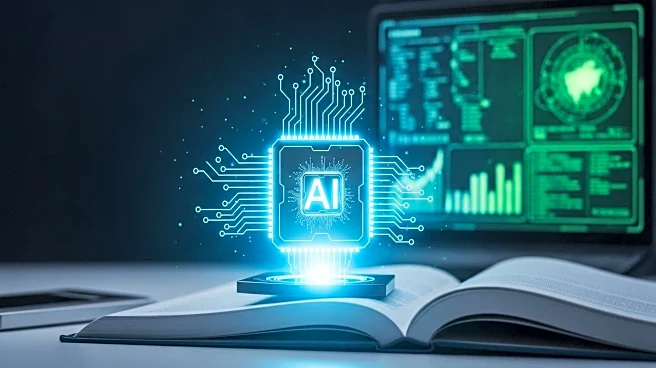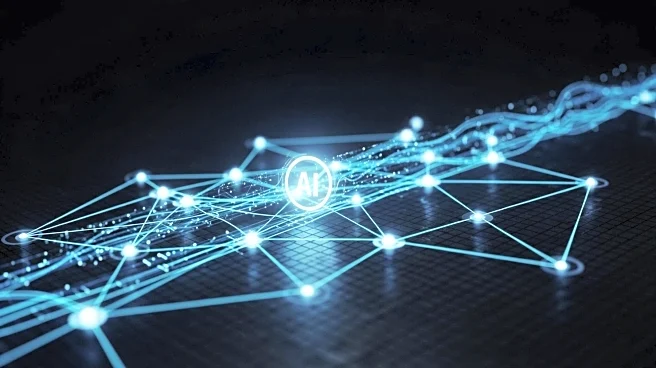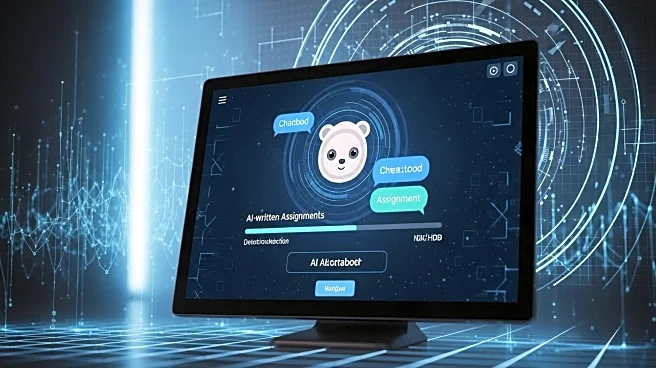What's Happening?
Inside Higher Ed has released a special report titled 'The Reckoning: Training Authentically Skilled Graduates in the Age of Generative AI.' The report addresses the growing use of generative AI in higher education, highlighting both its potential benefits and challenges. It includes research, AI usage trends, expert insights, and case studies from various universities. The report encourages institutions to adopt flexible AI policies, equitable tool access, and ongoing evaluation to promote real student learning while avoiding academic misconduct.
Why It's Important?
The integration of generative AI in education is reshaping how institutions approach teaching and learning. As AI tools become more prevalent, there is a need for policies that balance innovation with academic integrity. The report's findings could influence how universities develop curricula and assess student performance, potentially impacting the quality of education and the skills of future graduates. Institutions that effectively navigate these challenges may enhance their reputation and attract more students.
What's Next?
Inside Higher Ed will host a webcast discussion on November 6 to further explore the report's findings and implications for teaching and assessment. This event will provide a platform for educators and leaders to share strategies and experiences in using AI to enhance learning. Universities may begin to implement the report's recommendations, leading to changes in AI policy and practice across the sector. Continued dialogue and collaboration among educational institutions will be crucial in addressing the evolving role of AI in education.
Beyond the Headlines
The report raises ethical considerations regarding the use of AI in education, such as the potential for bias in AI algorithms and the impact on student privacy. It also prompts a reevaluation of traditional teaching methods and the role of educators in an AI-driven environment. As AI becomes more integrated into education, there may be broader societal implications, including shifts in workforce demands and the nature of skills required for future employment.



